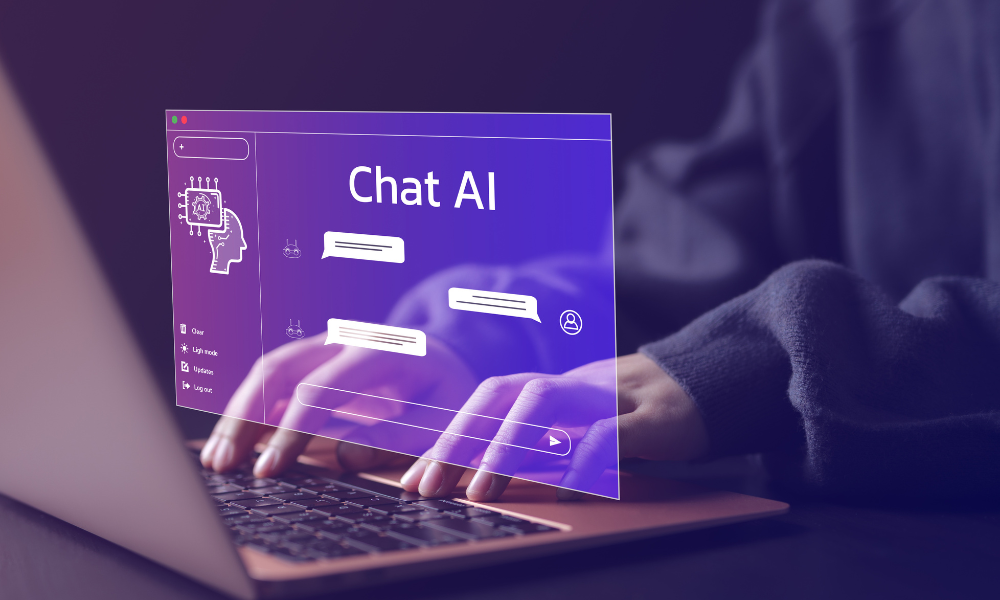
How much will AI add to economic growth?

With Australia’s productivity flatlining, many businesses have been prescribing artificial intelligence (AI) as the fix for the econoic growth challenge.
But a leading academic has warned the uptake of AI will be “small fry” in terms of addressing the nation's productivity w oes.
oes.
“AI can be a powerful supply side lever, but there are a whole bunch of bottlenecks. It’s not this magic bullet, which is why I describe it more as physiotherapy compared to penicillin,” Nicholas Davis (pictured right), Director of Strategy and Operations at the University of Technology Sydney’s Human Technology Institute, said.
“It’s pretty small fry when you look at creating efficiency as a whole. It can add, maybe, 5%,” he added.
Davis emphasised to HRD that, when relying on AI, key problems can go ignored.
“You need to look at things like organisational friction, underused human potential, lack of skills, outdated workflows. Foundations need to be put down – which AI might be able to help with. It’s not the answer to everything.”
Treasurer Jim Chalmers and the Productivity Commission are looking to AI as a key part of the plan to futureproof productivity, with estimates AI and automation could add $600 billion to Australia’s annual economy.
The Albanese government described flatlining productivity earlier this year as “one of the biggest challenges facing our nation,” and launched public consultation to help set Australia's productivity priorities.
“We’re determined to make Australia’s economy more prosperous and productive and this work from the PC (Productivity Commission) is an important part of that process,” Chalmers said, earlier this year.
Whilst AI can be used to create efficiencies in reducing menial tasks, Davis said it can’t be seen as the answer to most problems.
“Start with the problem, really understand how these problems can be sorted. AI could help you explore those issues – but many think that if they don’t use AI they’re falling behind your competitors. That’s the wrong framing.”
“Sometimes, when you identify friction the best thing to do is communicate with your people and include better training on how these problems can be fixed – not just assuming things like generative AI can be the all-in-one solution.”
Davis also echoed the importance of ensuring governance over using AI – with error rates still too high to be fully relied upon.
“These systems can around 80% accurate – and that’s at the top end. We need to be able to have that insight to review the findings of AI tools and critically analyse them, otherwise we’re in an additional heap of trouble.”
“So, AI needs to be the tool to help with change – not the answer to your problems,” Davis outlined.
The need to upskill teams is the other challenge facing employers, with tech changes outpacing capabilities.
 “The biggest pinch point we see is the rapid pace of technological change,” Apratim Purakayastha (pictured left), General Manager of Talent Development Solutions at Skillsoft, told HRD.
“The biggest pinch point we see is the rapid pace of technological change,” Apratim Purakayastha (pictured left), General Manager of Talent Development Solutions at Skillsoft, told HRD.
“Technology itself evolves quickly, but getting people to understand it, use it safely, and integrate it into daily work takes years. That’s where reskilling becomes essential.”
Purakayastha argues that true transformation happens when organisations skill their workforces to make meaningful use of change.
“The proper skilling, understanding and linkage to business outcomes and applications to business processes—so the technology changes actually show return on investment —are the different pinch points that we see in the industry," he said.
“It used to be that if you needed a certain skill, you hired it,” Purakayastha explained. “But shrinking external talent pools mean internal mobility is now a competitive advantage. CEOs are increasingly concerned about their organisation’s ability to adapt to change—and that means investing in their people.”